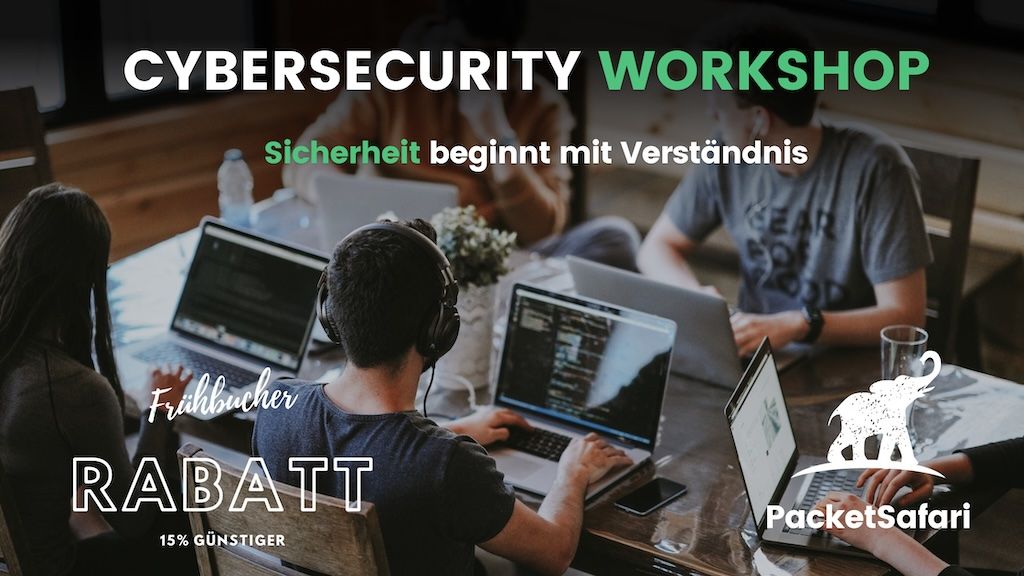
Cybersecurity Workshop
Product information
In a world increasingly shaped by digital threats, IT administrators, security officers, and SOC analysts face the challenge of dealing with limited security budgets, a shortage of skilled professionals, and the need to implement stringent security standards.
Our workshop provides not only guidance but also practical solutions to cope with these complex challenges.
- Do you understand the current attack techniques?
- Shortage of budget in the security sector?
- Lack of qualified personnel?
- Cybersecurity beyond compliance. Don't get lost in the security jungle!
We focus on equipping you with the skills to defend against the ever-changing cyber threats. By acquiring effective defense strategies that go beyond standardized compliance checklists, you will be empowered to act proactively.
Our workshop covers specific attack techniques for Linux and Windows, authentication processes, web and cloud security, ransomware defense, and protecting critical infrastructures. In our specialized lab, which emulates a corporate network, you will have the opportunity to test operational methods and tools from an attacker's perspective.
Participants of this seminar will be able to make more meaningful decisions in their daily tasks for the efficient and sustainable improvement of IT security.
It is particularly important to us to provide new impetus for the creation of sustainable defense concepts through lab case studies, theoretical content, and joint discussions.
Target audience
This course is designed for participants who want to gain a basic overview of how cyber attacks function.
- Administrators
- Responsible for Windows, Linux, Cloud, or virtualization
- SOC Operators
- Charged with monitoring a corporate environment
- Security Officers
- Responsible for corporate security and data protection
- Aspiring Security Auditors
- Interested in penetration testing, red teaming, and adversary simulation
- Network Admins
- Charged with the administration of NG-Firewalls, WAFs, TLS proxies, Reverse proxies, DPI
- Students
- Students who prefer direct entry into the practice of cybersecurity rather than focusing on theoretical and tool-oriented training

Technical requirements
- Online training takes place via Zoom. Other conference systems can be used upon request.
- Installation of an access client is required for accessing the lab environment.
- For on-site courses, an Ethernet connection and a projector are necessary.

